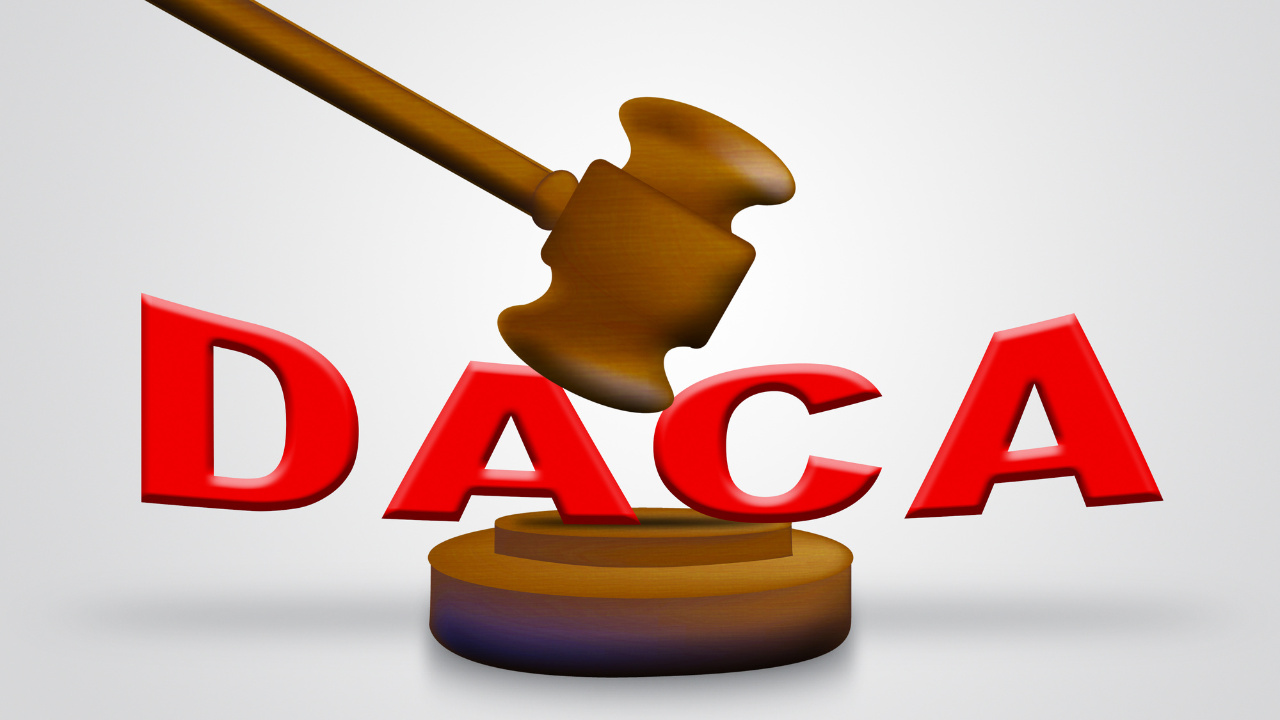For so long, a program that protects around 800,000 young immigrants in the United States struggled. The Deferred Action for Childhood Arrivals or DACA was instigated to protect children who unlawfully entered the country. Over the years and through different administrations, the program received support, faced disputes, and has been halted.
Here’s what you need to know about the Deferred Action for Childhood Arrivals.
What is DACA?
DACA was created back in August 2012 through an Executive Order made by President Barack Obama to protect young immigrants, who were unlawfully brought to the United States, from deportation. The protection DACA offers lasts for two years at a time and could be renewed.
The program does not grant DACA recipients, commonly referred to as Dreamers, official legal status. However, the program allows Dreamers to stay in the country and apply for a driver’s license, social security number, and work permit, giving them a level of protection.
This opens opportunities for young immigrants. By giving them the ability to work legally, they now have the opportunity to pay for their schooling, pursue higher education, and meet their needs. The coverage varies from state to state. In some, they are allowed to apply for driver’s licenses. In some, they can qualify for in-state tuition and state-funded educational grants. In others, they may qualify for subsidized health insurance.

How to Apply for DACA
A. DACA Eligibility
There are almost 1.8 million people eligible for DACA. So, who’s qualified to apply for the program? Applicants must meet the following requirements:
- Were under the age of 31 as of June 15, 2012 (born on June 16, 1981, or after);
- Entered the United States prior to their 16th birthday;
- Have continuously resided in the country, up to the present time;
- Were physically present in the country on June 15, 2012, and at the time of making their request for consideration of deferred action with the U.S. Citizenship and Immigration Services (USCIS)
- Had no lawful status on June 15, 2012, meaning that:
- The applicant never had lawful status in the country on or before June 15, 2012, or
- Any lawful immigration status or parole that you obtained prior to June 15, 2012, had expired as of June 15, 2012;
- Are currently in school, have completed high school or a general education development (GED) certificate, or have been honorably discharged from the armed forces
- Have not been convicted of a felony or a serious misdemeanor, or three or more other misdemeanors, and do not otherwise pose a threat to national security or public safety
B. How to Apply for DACA
If you’re a first-time applicant, you’ll need to:
- Accomplish Form I-821D (Consideration of Deferred Action for Childhood Arrivals) and Form I-765 (Application for Employment Authorization Document)
- Send the forms and fees (amounting to $495) to USCIS via mail
- Set up and attend a biometrics appointment at a local USCIS Application Support Center
If you’re renewing your current DACA status, you’ll need to:
- Complete and sign Form I-821D, Form I-765, Form I-765WS, and Form G-1145
- Create a cover letter that includes a checklist of the items in the filing to help the USCIS officer review your application
- Purchase your money order from your local U.S. Post Office or bank for $495 (Take note: USCIS doesn’t accept cash)
- Photocopy your documents
- Package and send your DACA renewal filing
USCIS advises DACA recipients to file for renewal between 150-120 days before expiration.
Where does DACA stand now?
Reinstatement of DACA last December 2020
Last December 4, 2020, a federal judge ruled that first-time DACA applicants are permitted to apply. This is after President Trump stopped accepting new applications for the program.
In September 2017, the Trump Administration announced that it would start phasing out DACA. Several court cases were filed to oppose and prevent the full repeal of DACA. However, the administration was still able to put restrictions on the program, including reduction of the length time of the program from two years into one, rejection of all new DACA applications, among others.
In November 2020, Judge Nicholas Garaufis of the U.S. District Court in Brooklyn ruled that the Acting U.S. Department of Homeland Security (DHS) Chad Wolf was unlawfully appointed. Therefore, changes made in the DACA program were invalid. The Judge ordered for DACA to be fully reinstated, potentially allowing almost 300,000 undocumented immigrants eligible to apply once again.
Recent Updates from the Biden administration
On January 20, 2021, President Biden issued a memorandum reaffirming the federal government’s commitment to DACA. The memorandum states that “the Secretary of Homeland Security, in consultation with the Attorney General, shall take all actions he deems appropriate, consistent with applicable law, to preserve and fortify DACA.”
Though President Biden has repeatedly expressed support for DACA and the Dreamers, the program still faces legal disputes, including a case filed in Texas asking the judge to declare DACA unlawful.
To this day, DACA continues to operate as initially implemented in August 2012.


Company
Pacific Immigration
VAT: VS123456789
CIF: BL1247890
Address
7707 West Lane Dr., #D 2 Stockton, CA 95210
Get in Touch
(209) 438-2222
pacificvisa@gmail.com